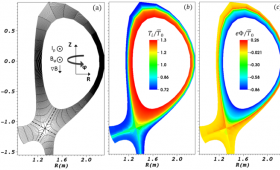LLNL's Center for Applied Scientific Computing collaborates with its fusion researchers.
Science and Technology Highlights
Livermore and University of Vermont researchers are exploring how deep reinforcement learning can discover therapeutic drug strategies for sepsis.
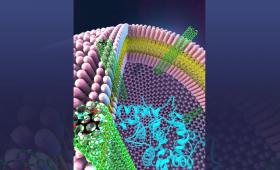
Livermore scientists have created polymer-based membranes that mimic the architecture of cellular membranes.

A newly created two-micron-diameter fill tube solves a problem in inertial confinement fusion experiments.
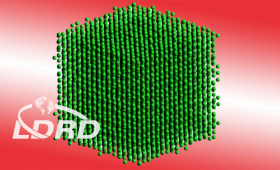
Scientists have discovered an unusual new type of phase transformation in the transition metal zirconium.

Livermore researchers have introduced a new class of metamaterials that can nearly instantly respond and stiffen 3D-printed structures when exposed to a magnetic field.

The Laboratory has delivered a first-of-its-kind, high-power, fiber-based sodium laser guide star to the University of California, Santa Cruz.
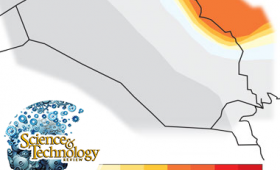
Livermore's Seismic Cooperation Program helps at-risk countries improve earthquake monitoring capabilities, implement suitable seismic building codes, and plan disaster response.
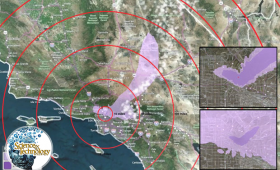
A team of Laboratory engineers, computer scientists, and health physicists have developed a planning resource that can assist local governments in determining the best actions to take following the detonation of an improvised nuclear device.
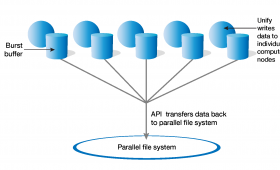
Livermore develops software to reduce performance drag caused by input/output (I/O) workloads.


